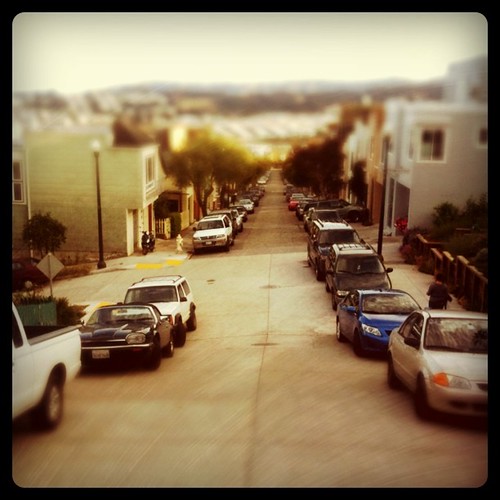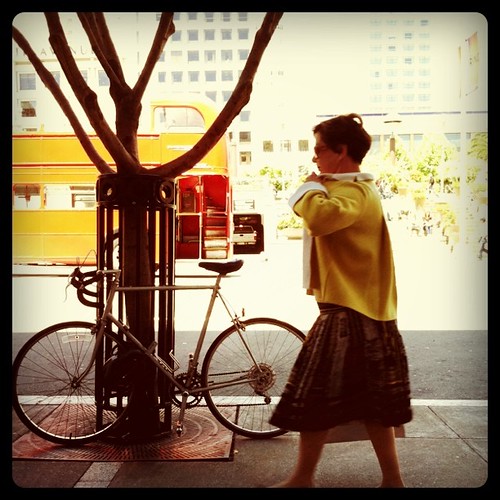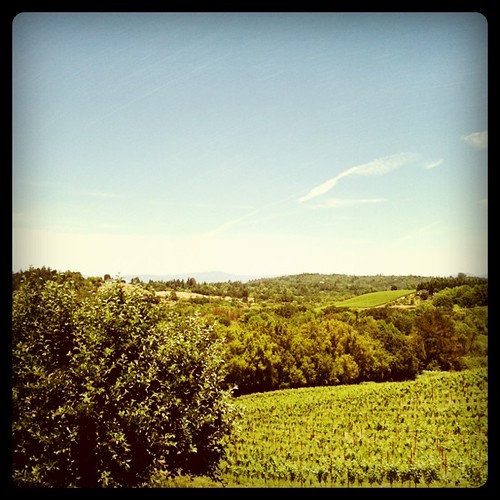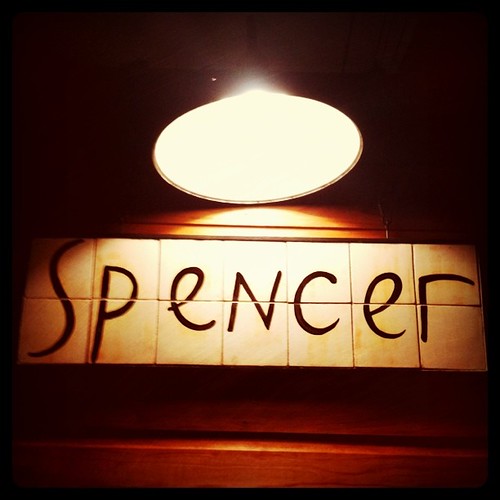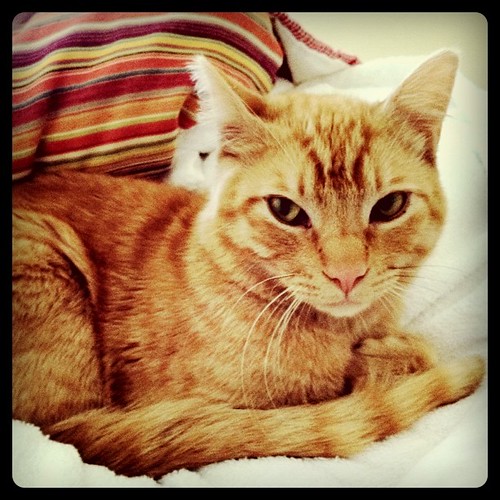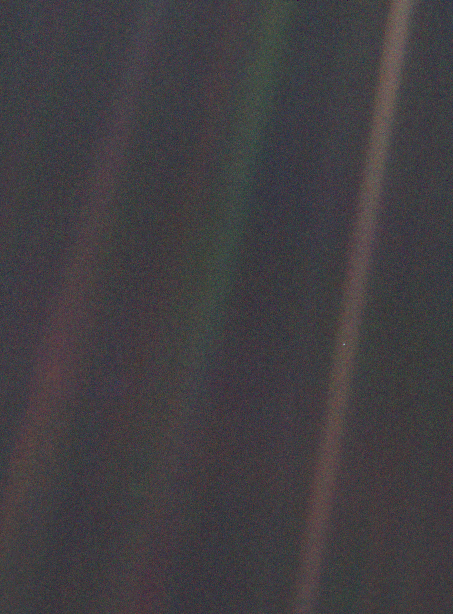One of my most admired tech bloggers Jeff Atwood wrote a great post this week "On Parenthood". It's moving and astute and insightful, and includes this:
My feelings on this matter are complex. I made a graph. You know, for the children.I also likedThat one percent makes all the difference
I compare the process [of becoming a parent] to becoming a vampire, your old self dies in a sad and painful way, but then you come out the other side with immortality, super strength and a taste for human bloodThe whole thing is worth a read.
Then a few days later I came across "Laws Concerning Food and Drink; Household Principles; Lamentations of the Father" [PDF]. This passage tickled me in particular
When you chew your food, keep your mouth closed until you have swallowed, and do not open it to show your brother or your sister what is within; I say to you, do not so, even if your brother or your sister has done the same to you. Eat your food only; do not eat that which is not food; neither seize the table between your jaws, nor use the raiment of the table to wipe your lips. I say again to you, do not touch it, but leave it as it is. And though your stick of carrot does indeed resemble a marker, draw not with it upon the table, even in pretend, for we do not do that, that is why. And though the pieces of broccoli are very like small trees, do not stand them upright to make a forest, because we do not do that, that is why. Sit just as I have told you, and do not lean to one side or the other, nor slide down until you are nearly slid away. Heed me; for if you sit like that, your hair will go into the syrup. And now behold, even as I have said, it has come to pass.and also
On Screaming
Do not scream; for it is as if you scream all the time. If you are given a plate on which two foods you do not wish to touch each other are touching each other, your voice rises up even to the ceiling, while you point to the offense with the finger of your right hand; but I say to you, scream not, only remonstrate gently with the server, that the server may correct the fault. Likewise if you receive a portion of fish from which every piece of herbal seasoning has not been scraped off, and the herbal seasoning is loathsome to you, and steeped in vileness, again I say, refrain from screaming. Though the vileness overwhelm you, and cause you a faint unto death, make not that sound from within your throat, neither cover your face, nor press your fingers to your nose. For even now I have made the fish as it should be; behold, I eat of it myself, yet do not die.
Again, read the whole thing. It's worth it.
As if I know something (@thebeean is but 15 months old) I've compared the arrival of kids to taking a sudden 90° turn in life. Nothing slows down but everything's different: the terrain, the climate, and the look of the horizon. It's a whole thing.




















